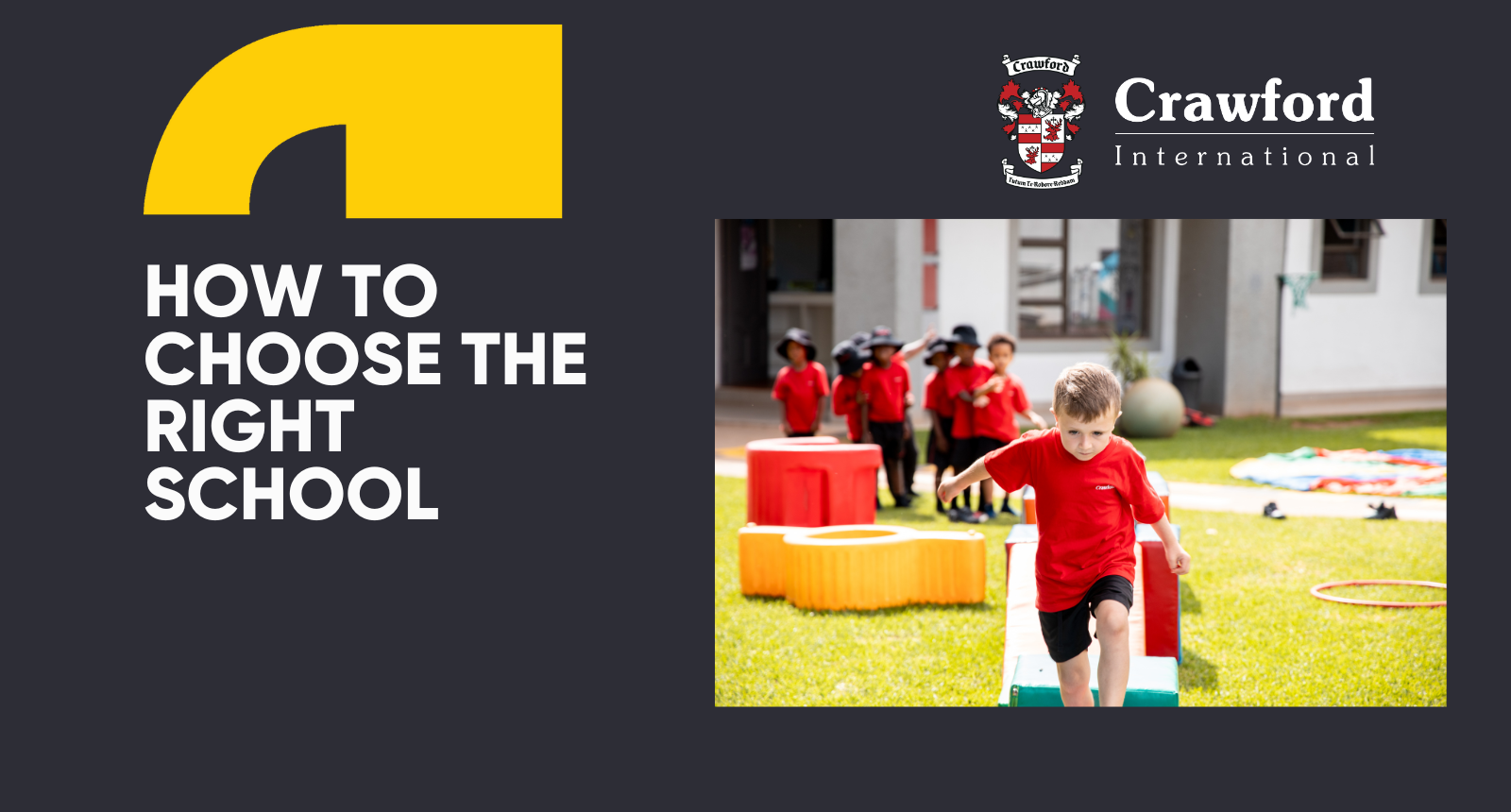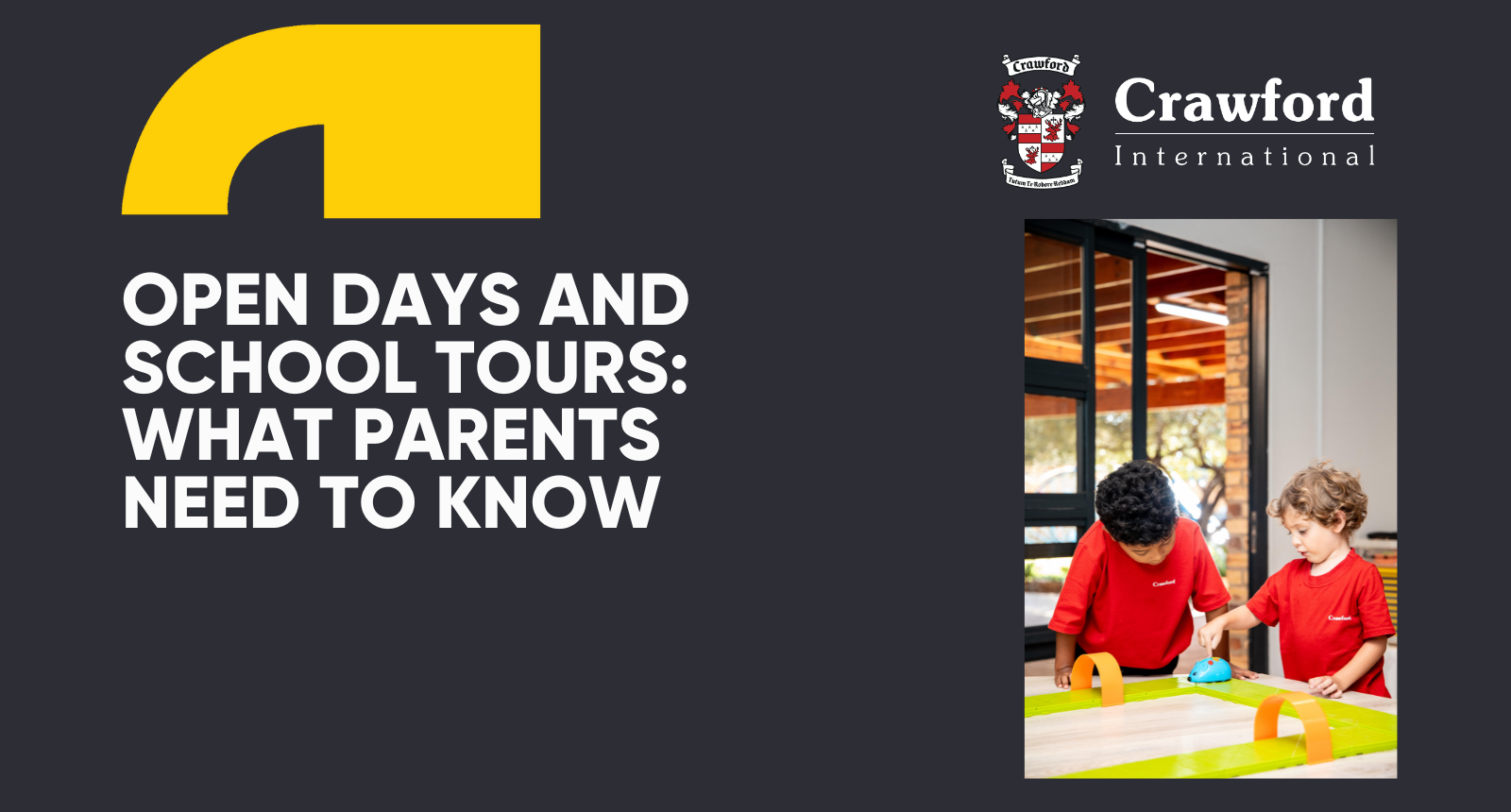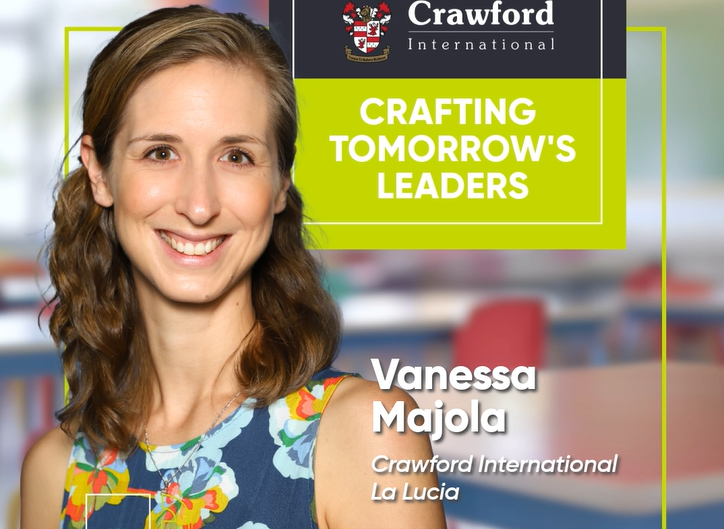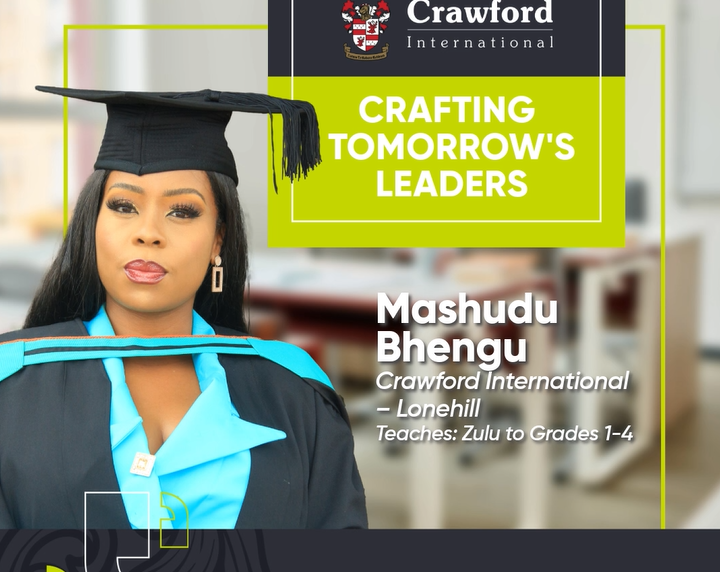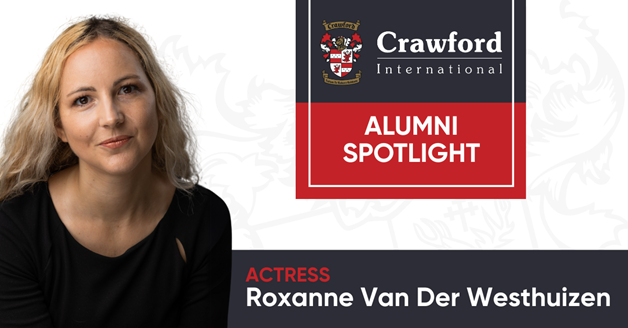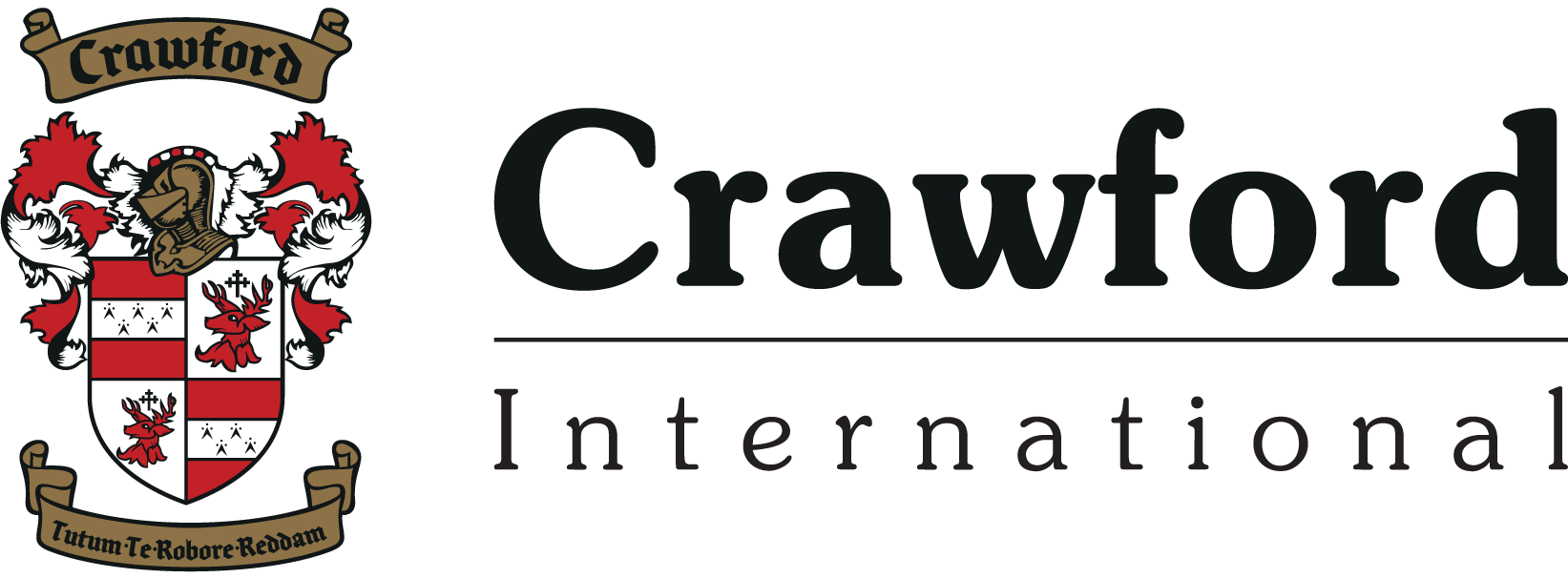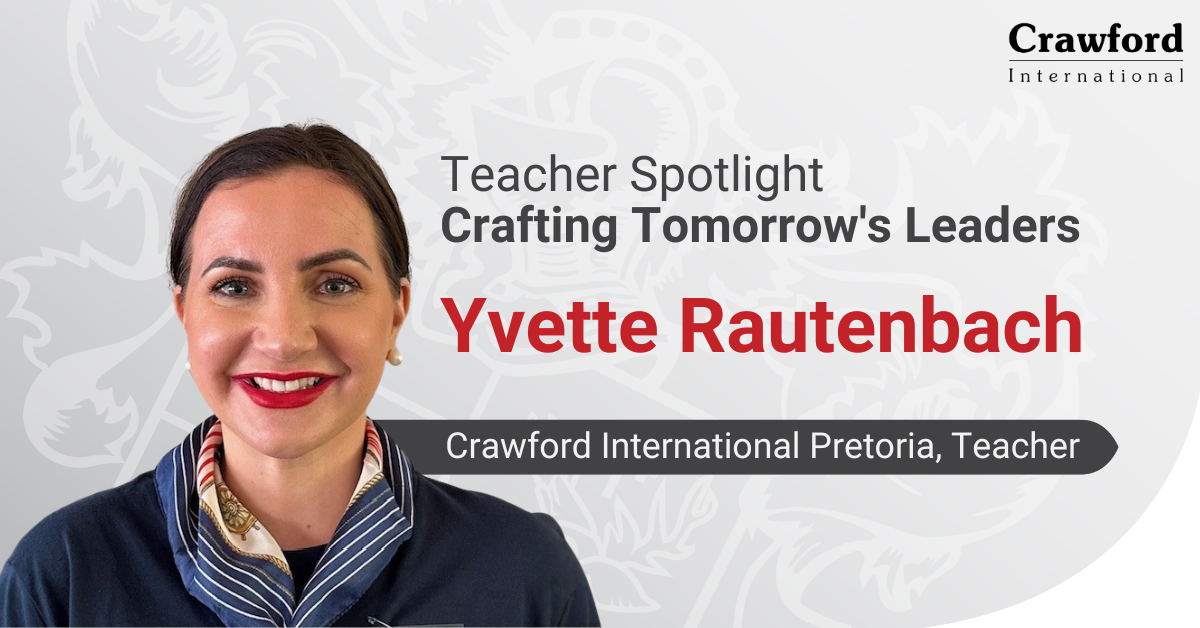The Importance of Block Play for Toddlers
October 25, 2024
The Importance of Block Play for Toddlers
When we consider essential play activities for young children, block play often takes centre stage. This classic activity, involving building with wooden, plastic, or foam blocks, offers much more than just entertainment. For toddlers, block play is a cornerstone of early development, fostering a range of physical, cognitive, and social skills that lay the groundwork for future learning. At Crawford International, our holistic, play-based approach integrates activities like block play to support well-rounded development.
What is Block Play?
Block play is the process where young children stack, build, and arrange blocks, allowing them to create structures while developing motor skills and spatial awareness. This type of play falls within the constructive play stage, one of the key stages of play where children use materials to build or create something (Fleer, 2021). Constructive play helps children understand the physical properties of their environment, forming an early foundation for problem-solving and critical thinking.
How Block Play Supports Stages of Childhood Play Development
Aligned with recent insights into play-based learning, block play fits well within constructive play, often beginning as toddlers advance beyond solitary play into more interactive, purposeful play forms (O’Connor, 2020). During block play, toddlers start to engage in parallel play, where they play alongside peers without directly interacting, gradually moving into associative and even cooperative play as they reach preschool years. This gradual progression, from building alone to constructing shared structures with friends, enhances social and communication skills.
Why is Block Play Important in Childhood Development?
Block play plays a vital role in several key areas of development for young children:
- Physical Development
Manipulating blocks builds fine motor skills as children learn to pick up, stack, and balance different shapes and sizes. This activity strengthens finger and hand muscles, supporting early writing skills and overall dexterity (Cohen & Emmons, 2021). Additionally, Crawford International’s Learn-to-Swim programme complements these fine motor skills by encouraging whole-body coordination, creating a balanced approach to physical development. - Cognitive Development
Block play helps children grasp fundamental concepts in maths and science. Through trial and error, toddlers learn about balance, gravity, and spatial awareness, discovering how structures work and why some designs are more stable than others (Trawick-Smith, 2021). As they group and sort blocks by colour, shape, and size, they lay the groundwork for early maths skills. At Crawford International, we incorporate early STEM concepts into play-based learning, encouraging young learners to explore and hypothesise within safe and engaging environments. - Social and Emotional Development
As children progress through stages of block play, they begin to engage in collaborative building, learning to share, take turns, and communicate ideas. This naturally fosters patience, cooperation, and confidence. At Crawford International, we prioritise these interactions by encouraging inclusive play in a nurturing environment, helping children to feel secure and supported as they develop social skills (Gibson et al., 2022). - Creativity and Problem-Solving
Block play nurtures creativity by giving children freedom to build whatever they imagine. Whether constructing a simple tower or an elaborate castle, they experiment with ideas, solve problems when structures fall, and exercise critical thinking to try again. Crawford International’s approach encourages this kind of innovative thinking early on, supporting creativity as a fundamental part of every child’s learning journey.
Why Crawford International Embraces Block Play in Early Years Education
At Crawford International, we understand that early education is about building more than just knowledge; it’s about building skills that empower lifelong learning. Our teachers use block play as an interactive tool that’s both engaging and educational, offering toddlers a unique opportunity to explore the world of shapes, sizes, and relationships in a fun, inclusive environment. With our IB framework, we bring an academically rigorous yet age-appropriate approach to all stages of early learning, preparing our youngest students for a future filled with discovery, curiosity, and a strong sense of self.
